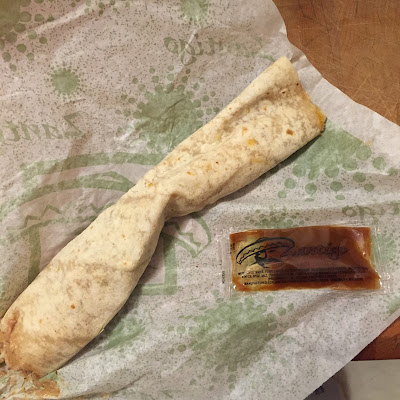Book review: Keystones of the Stone Arch Bridge
Two Minnesota icons that I hold most dear are the Minneapolis neighborhood where the Mississippi River pours over St. Anthony Falls and runs
along St. Anthony Main, and the candy that rolls out of Pearson’s in St. Paul.
When The Minnesota History Center folks sent me a copy of Carolyn Ruff’s “Keystones
of the Stone Arch Bridge” I spent many delicious hours delving into both. Summer
is beginning to wane and the kids have another month before school starts: August is the perfect month to grab a Nut Roll and explore Minneapolis
history.
Ruff’s “Keystones of the Stone Arch Bridge” takes young readers
on a journey to 1883 along the Mississippi in Minneapolis. Ten-year-old Swedish
immigrant Fritz lives in the Mississippi River Flats with his father, and
spends summer agonizing over how to earn money to help his father pay for
Fritz’s mother and sisters back in Sweden to make the trip to America so the
family can reunite.
At St. Anthony Falls James J. Hill is building the Stone Arch
Bridge to carry his trains across the Mississippi River. Six hundred men work
carving and placing the limestone and granite stones that form the bridge. But
how can a 10-year-old boy contribute to their efforts? Fritz’s uncle helps him
land a job working for James J. Hill, and soon Fritz is blistered and exhausted
from his job as a stonecutter, yet there is still time for fun.
Fritz makes friends who teach him about the history of his new
home. Important characters from Native and African American history make
appearances and help Fritz explore Minneapolis. As Fritz masters the art of
stonemasonry he records symbols of his adventures on the Stone Arch Bridge’s
keystones. All the while, Fritz is determined to help bring his “momma” and
sisters home to Minnesota.
“Keystones of the Stone Arch Bridge” shows us history through a
child’s experience in the 1800’s. Children reading this book will identify with
Fritz and his longing for his momma, but it may be a surprise for them to learn
that children often worked long days to help their families. While adult
readers may raise an eyebrow at Fritz’s coincidental brushes with historical
figures, young readers will absorb the lessons these figures provide.
The book is recommended for early readers 8 to 12 years old, but
younger children will also enjoy hearing the story read out loud. Adults and Nut
Goodie lovers will want to read the Author’s Note (and this is when the
aforementioned Pearson’s Candy reference will make sense) where Ruff describes
her Swedish immigrant Grandfather Per, the founder of Pearson Candy Company. Note
to Ruff: I hope your next work gives us more of that story.
After reading “Keystones,” I explored various locations
mentioned in the book and discovered plenty of places that kids will enjoy. Walk
along the Stone Arch Bridge and into Mill Ruins Park to see the remains of a
mill. Wander along the river beneath the Washington Bridge where the
Mississippi River Flats (also known as Bohemian Flats) once stood to initiate
discussions about immigration, and how pockets of the Twin Cities continue to
draw people from other countries. At the Pioneers and Soldiers Memorial
Cemetery search for Toussaint Grey’s tombstone, the first African American born
in St. Anthony. These landmarks make Fritz’s story come alive while connecting
young readers to the history of Minneapolis.
“Keystones
of the Stone Arch Bridge,” 68 pages, is available for $7.95 at the Minnesota Historical Society Presswebsite, Wild Rumpus, Red Balloon Bookshop, The Bookcase, and the Minnesota
Historical Society Sites gift shops.
The Stone Arch Bridge is located
just north of downtown Minneapolis and south of Northeast Minneapolis, near SE 3rd Avenue and SE Main Street.
Mill Ruins Park is located at 130 Portland Ave S, Minneapolis, Minnesota.
MinneapolisPioneers and Soldiers Memorial Cemetery is located on the corner of Lake
Street and Cedar Avenue South at 2945
Cedar Avenue South, Minneapolis, Minnesota. The cemetery is open to the public
from 8:00 a.m. to 4:30 p.m. Wednesday through Sunday, from April 15 to October
15.
MississippiRiver Flats (Bohemian Flats) was located near 2200 West River Parkway, Minneapolis,
Minnesota.









Comments